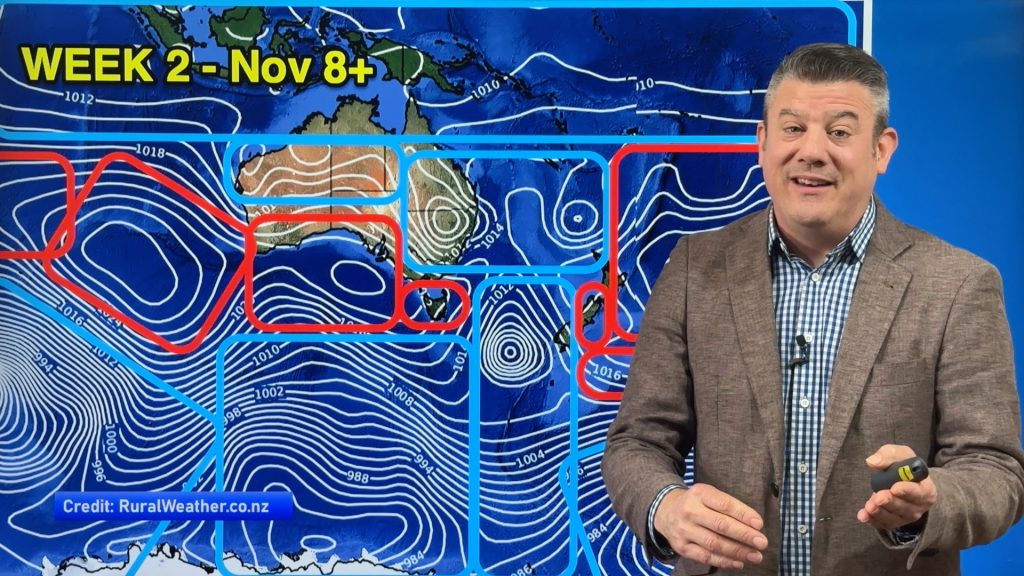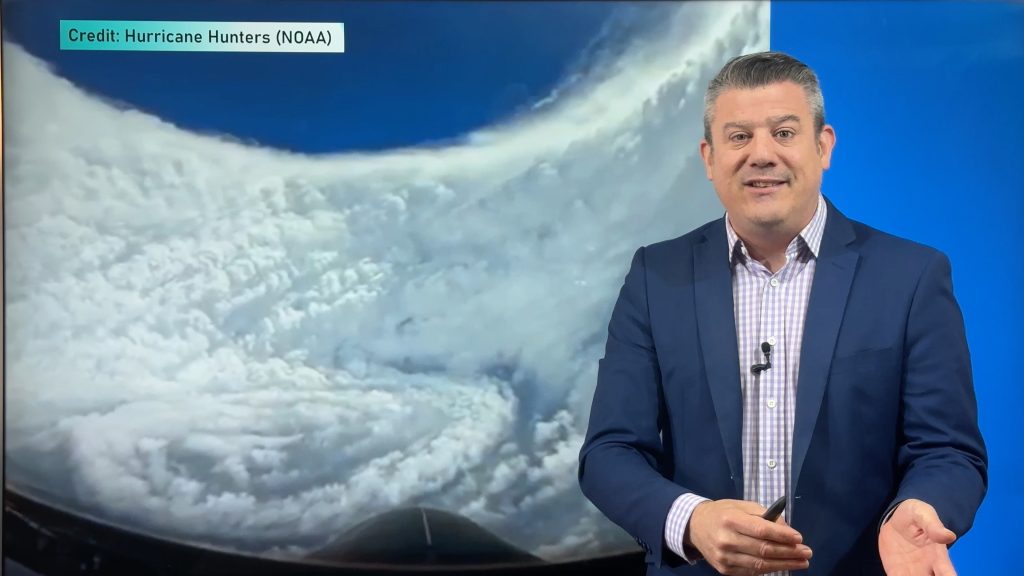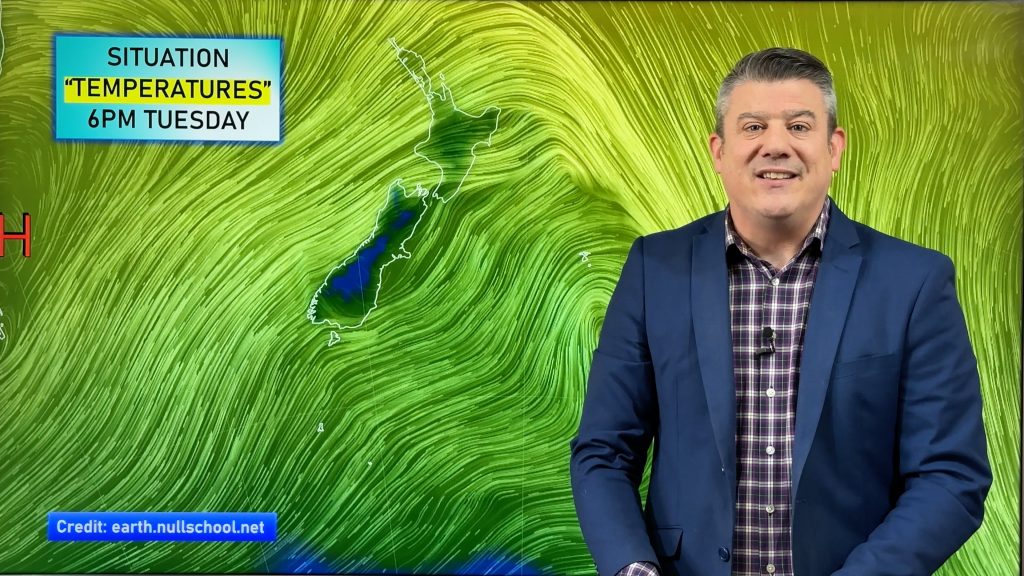
> From the WeatherWatch archives
Summer ice is melting at a faster rate in the Antarctic Peninsula than at any time in the past 1000 years, new research shows.The evidence comes from a 364-metre ice core containing a record of freezing and melting over the previous millennium.
Layers of ice in the core, drilled from James Ross Island near the northern tip of the peninsula, indicate periods when summer snow on the ice cap thawed and then refroze.By measuring the thickness of these layers, scientists were able to match the history of melting with changes in temperature.
Lead researcher Dr Nerilie Abram, from the Australian National University and British Antarctic Survey (BAS), said: “We found that the coolest conditions on the Antarctic Peninsula and the lowest amount of summer melt occurred around 600 years ago.”At that time temperatures were around 1.6C lower than those recorded in the late 20th century and the amount of annual snowfall that melted and refroze was about 0.5%.
“Today, we see almost 10 times as much (5%) of the annual snowfall melting each year.”
The ice core record suggested a link between accelerated melting and man-made global warming. But a different and more complex picture has emerged from another region of Antarctica.A separate US study, published in the same journal Nature Geoscience, shows that thinning ice from the West Antarctic Ice Sheet Divide cannot confidently be blamed on greenhouse gas emissions.
An ice core record from this site indicates a strong influence from unusual conditions in the tropical Pacific during the 1990s.In that decade, an El Nino event – a cyclical system of winds and ocean currents that can affect the world’s weather – caused rapid thinning of glaciers in the West Antarctic.
The spike in temperature was little different from others that occurred in the 1830s and 1940s, which also saw prominent El Nino events.
“If we could look back at this region of Antarctica in the 1940s and 1830s we would find that the regional climate would look a lot like it does today, and I think we also would find the glaciers retreating much as they are today,” said lead author Professor Eric Steig, from the University of Washington.
He said the same was not true for the Antarctic Peninsula, the part of the continent closer to South America. Here, more dramatic changes were “almost certainly” a result of human-induced global warming.
WeatherWatch and 3News
Comments
Before you add a new comment, take note this story was published on 14 Apr 2013.






Add new comment
Alan on 19/04/2013 12:48am
Let’s just bandy this around some more so that people will become so use to them saying GLOBAL WARMING – CLIMATE CHANGE, it it might be real! Yeah right! As they say in this article fluctuations occur and they will continue.
In the past few years we have seen volcanoes erupt. Was there an increase in warming??
“He said the same was not true for the Antarctic Peninsula, the part of the continent closer to South America. Here, more dramatic changes were “almost certainly” a result of human-induced global warming.” I say HOW?
“Summer ice is melting at a faster rate in the Antarctic Peninsula than at any time in the past 1000 years, new research shows.The evidence comes from a 364-metre ice core containing a record of freezing and melting over the previous millennium.”
And has there been an increase in the world’s water depth?
“The ice core record suggested a link between accelerated melting and man-made global warming. But a different and more complex picture has emerged from another region of Antarctica.A separate US study, published in the same journal Nature Geoscience, shows that thinning ice from the West Antarctic Ice Sheet Divide cannot confidently be blamed on greenhouse gas emissions.” – EXACTLY- it can’t be confidently blamed, because it isn’t happening.
“If we could look back at this region of Antarctica in the 1940s and 1830s we would find that the regional climate would look a lot like it does today, and I think we also would find the glaciers retreating much as they are today,” said lead author Professor Eric Steig, from the University of Washington.-RIGHT And they will continue to do so.
Reply